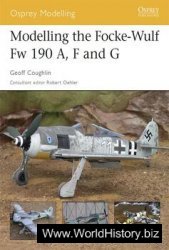In most other industries as well, the decade of the 1830s was one of expansion and experimentation with new methods. In the primary iron industry, establishments by the 1840s dwarfed those of a quarter-century earlier. By 1845, for instance, the Brady’s Bend Iron Company in western Pennsylvania owned
Nearly 6,000 acres of mineral land and 5 miles of river front upon the Allegheny. It mined its own coal, ore, limestone, fire-clay, and fire-stone, made its own coke, and owned 14 miles of railway to serve its works. The plant itself consisted of 4 blast furnaces, a foundry, and rolling mills. It was equipped to perform all the processes, from getting raw materials out of the ground to delivering finished rails and metal shapes to consumers, and could produce annually between 10,000 and 15,000 tons of rails. It housed in its own tenements 538 laboring families. This company, with an actual investment of $1,000,000, was among the largest in America before the Civil War, though there were rival works of approximately equal capacity and similar organization. (Clark 1916, 446)
In the anthracite region to the east, factory operation of furnaces and rolling mills had been achieved by 1850. Also by the 1850s, American factories were manufacturing arms, clocks and watches, and sewing machines.
How one industry could adopt new methods as a consequence of progress in another is shown by the fact that once the sewing machine was produced on a quantity basis, the boot and shoe industry developed factory characteristics. Carriages, wagons, and even farm implements were eventually produced in large numbers. Finally, where markets were more extensive, where there was a substantial investment in fixed plant, and where
Workers were subjected to formal discipline, some firms in the traditional mill industries other than the textile and iron industries achieved factory status. The great merchant flour mills of Baltimore and Rochester fell into this category, as did some of the large packing plants in New York, Philadelphia, Baltimore, and (after 1840) Cincinnati.




 World History
World History









